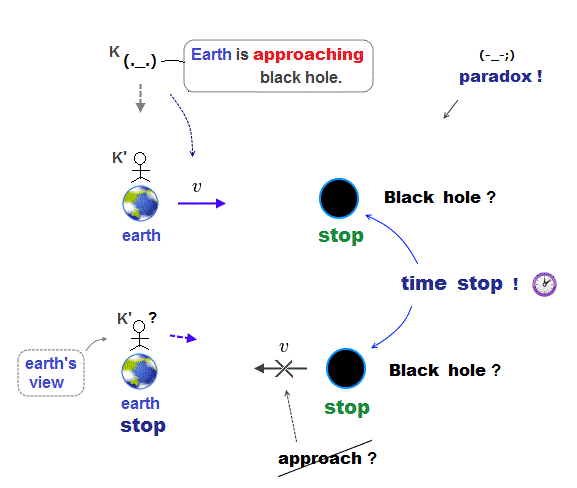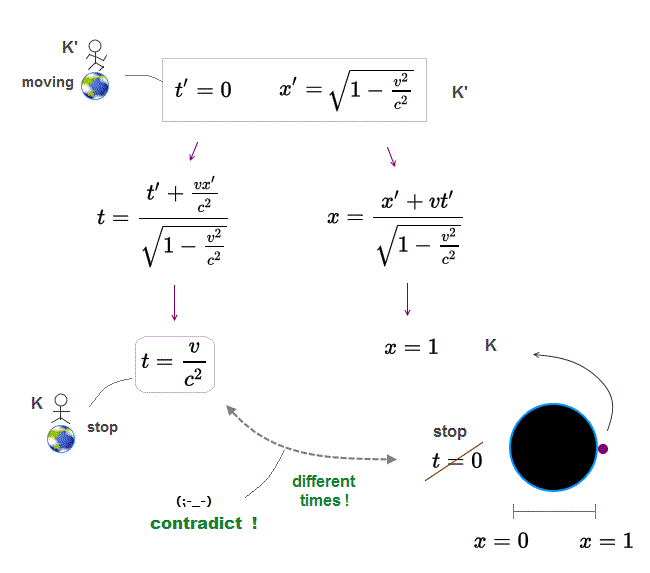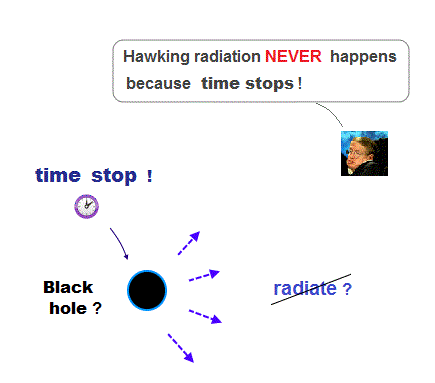
home page
Multi-probe atomic force microscope
(Fig.1) Scanning tunneling microscope or atomic force microscope still has only one (useless) probe tip. No progress from 1990 due to unphysical quantum mechanics.

In 1990, IBM researchers first succeeded in manipulating single atoms by scanning tunneling microscope (= STM ) with a single probe tip to write letters of IBM.
Surprisingly, even now in 2024, the mainstream scanning tunneling microscope (= STM ) and atomic force microscope (= AFM ) for manipulating single atoms still have only one probe tip ( this p.2 ).
Multiple probe tips are definitely necessary to manipulate more freely individual atoms to desigin and build useful nano-machines or precisely know protein dynamical behavior at atomic level.
Using multiple probe tips to grab target atoms needs to define atomic size and shape, which is prohibited by the unrealistic quantum mechanical shapeless atomic model (= useless, too time-consuming ) that prevents researchers from developing multi-probe atomic force microscopes grabbing atoms like robot hands.
Today's technology can already realize multi-probe microscopes.
But today's single or multiple probe tips in atomic force or scanning tunnel microscopes were used only for measuring electric conductance (= between two probe tips ) or impractical quantum mechanical research such as fictional quasiparticle and deadend parallel-world quantum computers, instead of using multiple probes for manipulating single molecules.
(Fig.2) Technology of atomic force microscopes has made No progress from the (useless old) single-probe microscope with a bulky cantilever (+ laser detector ) unsuitable for compact multi-probe microscopes manipulating atoms.

Today's atomic force microscope (= AFM ) manipulating single atoms still has only one probe tip (= No change from 1990 )
The current atomic force microscope tries to detect the force between the microscope probe tip and target atoms by detecting laser light reflected by a bulky cantilever bent by the atomic force.
This bulky cantilever and laser light detection system take too much space to build useful atomic force microscopes with multiple probe tips.
In fact, there are other useful methods (= suitable for multiple probes ) of detecting atomic force such as piezo-electric, piezo-resistive, qPlus quartz sensors ( this p.5,8 ) and tunneling current ( this p.2-Fig.2 ).
A piezoresistive sensor is a material that changes its electrical resistivity as a result of mechanical stress or atomic force.
This piezoresistive sensor is known to be able to precisely measure single atoms by distinguishing slight atomic force change ( this Experimental, summary, this p.2-2nd-paragraph ).
↑ But today's piezoresistive sensor is often used with a bulky cantilever (without laser) because the present manufacturers build only this type of bulky cantilevers (= ~ 300 μm long ), so if we use only compact piezoresistive material (= 50 nm, which is much smaller than today's about 100 micrometer cantilever ) without a bulky cantilever ( Fig.2-lower ), it can be more sensitive and more easily detect slight change of single atomic force.
Quartz qPlus sensor is the present best sensor distinguishing atomic-level small force (= as shown in CO-tip manipulating single atoms, this-p.4-qPlus sensor, this 5th-paragraph, this p.9-methods ) far more precisely than the bulky laser-sensor by detecting the small frequency change of quartz tuning fork induced by approaching a target atom (= non-contact atomic force microscope without destroying the target atoms, this-3rd-paragraph )
↑ We can also miniaturize this quartz qPlus sensor to 50nm ~ μm with better sensitivity or resolution (= quartz sensitivity or the change of quartz' frequency is greater and better in higher frequency and thinner, smaller quartz crystal, this p.3-lower, this p.4-right-1st-paragraph ). ← so we can miniaturize the sensor for useful multi-probe atomic force microscopes.
But today's atomic force microscope observing single atoms is allowed to have only one probe tip due to unphysical quantum mechanical shapeless atomic (= fictional quasiparticle ) model, so the bulky cheaper cantilever + laser light detection system, which can be used only for a (useless) single probe tip (= giving up atomic resolution in biology, medical researches ), is the most widely used, and No progress for a long time.
(Fig.3) Multiple probe tips (= Not a single useless tip ) can grab, carry, identify target atoms by knowing the target atomic size.

By using piezo-resistive sensors instead of today's atomic force microscope's bulky cantilever, we can build new atomic force microscopes with useful multiple probe tips.
This (new) atomic force microscope with multiple probe tips can easily grab, carry and identify target atoms by knowing atomic size which is forbidden by the unrealistic quantum mechanical shapeless atomic model that stalls us in the useless single-tip microscopes for a long time.
Atomic force microscopes with multiple probe tips (= manipulated by automation system speedily ) can be used for causing artificial chemical reactions (= bond formation, breakage .. ) by distinguishing target molecules efficiently with far less energy, clarifying true dynamical protein conformational change, and building useful molecular devices to cure diseases.
Today's single-probe atomic force microscopes cannot clarify individual atomic mechanism of protein bahavior (= clarifying the detailed atomic mechanism needs precisely distinguishing and manipulating individual atoms with multiple probes )
Unlike today's (useless) atomic force microsope with a single probe tip, the multiple probes can distinguish, grab, carry target molecules more freely, which definitely can be used for building useful nano-scale devices, which is currently extremely difficult.
When using an atomic force microscope with two or multiple probe tips, first we should get these two or multiple probes close to each other until they touch each other (= by monitoring force between two tips, we can make sure two probe tips constantly and lightly touch each other ), and move them together to target atoms, as in this Fig-lower.
↑ After probe tips reach target atoms, we separate them (= constantly monitoring positional relashionship between multiple probe tips ), grab and carry target atoms put between two probe tips (= identification of taget atoms through their size is also possible ).
Using this atomic force microscope with multiple probe tips, we can also repair and attach a single atom to another atomic force microscope's probe tip (= single molecules with various shapes can be attached or covalently bonded to probe tips by artificial bond formation ).
Today's technoloy is already able to keep microscope probe tips at precise positions by constantly monitoring force between tips and atoms, and correct the probe tip's position through feedback automatically ( this abstract-lower ).
Basically, today's technology can already precisely control the position of each microscope's tip by using piezo-electric actuator (= attached to the upper part of each tip ) with single atomic level resolution.
But it will be far better to more precisely and more quickly control positions and positional relashionship of multi-probe tips combined with these piezo-actuators.
If we partition the floor (= under the sample molecule ) into conducting and insulator lines alternating at an interval of ~10nm in x, y directions and flow electric currents with different patterns through those different conducting lines embedded in the floor in different x,y coordinates, the precise position of the tip (= a conducting atom ) of each microscope probe can be always known by measuring different electric current patterns when the tip and floor at different positions (= flowing different electric current patterns ) touch each other.
Governments and corporations should stop wasting money on hopeless overhyped quantum computers, quantum information, fictional quasiparticles, deadend spintronics, developing ineffective drugs (= today's medical researches do not consider detailed atomic interaction ), AI (= whose training datasets are based only on static useless proteins ), fake molecular machines (= Not considering individual atomic interactions ).
And the money should be allocated to developing practical atomic force microscopes with multiple probe tips manipulating single atoms for enabling efficient artificial chemical reactions by separating individual molecules, energy-efficient artificial photosynthesis, clarifying true dynamical protein (or enzyme ) behavior to cure diseases such as cancers, Alzheimer, autoimmune diseases..
By directly manipulating single atoms by multi-probe atomic force microscopes, miniaturization of today's bulky devices, smartphones, computer CPU to atomic scale (= much faster, more energy-efficient ) will be also possible (= reviving already-dead Moore's law ).

Feel free to link to this site.